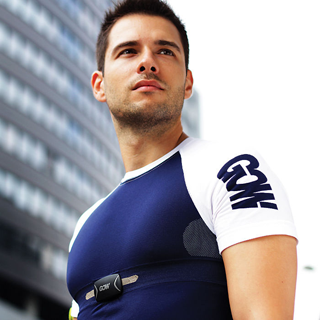The answer is most likely “YES”. But what are they exactly? What as a consumer should we expect when we hear, read or want to purchase a “wearable” product? From a semantic point of view, they are products that can be worn. From a wider angle, it is expected that the products will have some sort of monitoring functions. So watches that count steps and calories burned or measure heart rate – are they “wearables”? This is one of the questions that the Textile Industry is currently trying to answer to provide standardized test methods and a clear definition to manufacturers of textile products with embedded technology.
First, is the term “wearables” too narrow? The Textile Industry is of course producing a lot of articles that are able to be worn, the garments. But more and more textiles are used to manufacture end-products that will never be worn like geotextiles, tire reinforcement or only upholstery and wall covering. However these textiles can still be integrated with monitoring technology and send data to a computer or any other device. For example, the geotextile could help farmers determine if their crops need to be watered or could help engineers determine the erosion level of road sections. The term “wearables” is not wide enough to include these textiles? Wall covering could monitor levels of carbon monoxide to prevent intoxication?
Second, is the Industry trying to categorize products that are already categorized? Is a wearable a smart textile? I will say yes and no. Yes because “wearables” have electronic components, conductive yarns and are self-powered. But no because in “wearables”, even though the aesthetic is still a big part of their design, this aspect is not the primary purpose of the product. The consumer does not purchase a “wearable” product because its color will change when it is wet or hot. The consumer purchases it because of its data collection ability. Let’s not minimize the textile engineering behind “wearables” though. These products are indeed made using complex textile finishing processes in order to have the monitoring and the data transfer functions to work. They need to be water repellent, anti-static, anti-bacterial like all the other textiles that consumers purchase on a regular basis because nowadays that is what the consumer expects of a garment.
These few questions are just the tip of the iceberg in that complex process that the Textile Industry is facing with finding the proper definition for these new products.
Leave us a comment if you have your own idea on what to call these shirts that monitor your heart rate when you run, these mattress covers that measure patient’s pressure points, these scrubs that doctors can used to track your vitals with!

